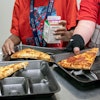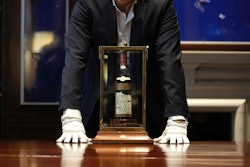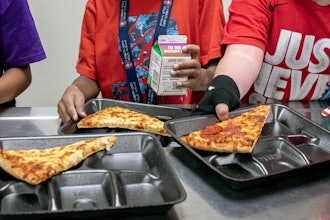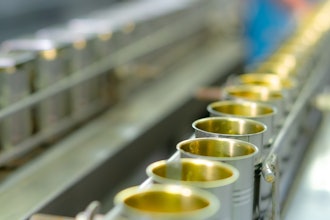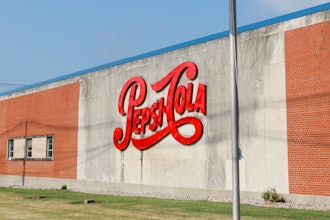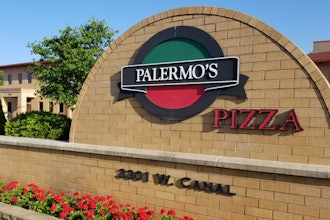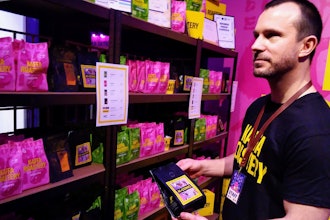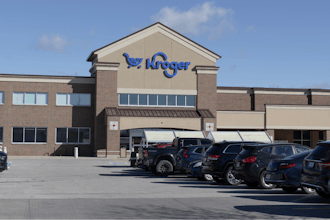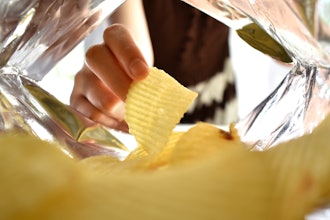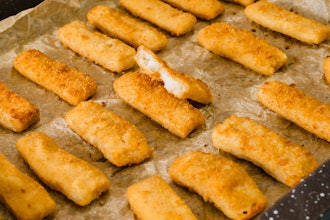Citywide Fitbit to Measure Chicago’s Vitality
The University of Chicago is working with researchers at the Argonne National Laboratory to build the Array of Things (AoT), a new urban sensing project in Chicago. It’s also the birth of a new buzzword that sounds like a bad sequel to a film with unrealized potential.
According to the National Science Foundation, which helped fund the project to the tune of $3.1 million dollars, you can think of it as a Fitbit for the entire city. The Array of Things is made up of 500 nodes designed to gather data from all over the city, from climate and air quality to noise and traffic, on a city block scale. The $3.1 million will allow researchers to rapidly deploy sensors, embedded systems, computing and communications systems and have them mounted on streetlight poles around the city by 2017.
Each AoT node has a host of sensors as well as a camera, which records data in real time and makes it available to the public. The information will support researchers working to design, adapt and manage the smart and connected communities of the future.
I wonder if they can capture the pulse of paranoia, as conspiracy theorists lurk in the shadows with tin foil hats about how Big Brother is watching their every move. Only in this case, they’d be exactly right. It actually sounds like a not-so-sneaky way to get 500 live feeds of the Chicago streets.
Flower Arrangements Inspire New Cancer Treatment
Ikebana is the ancient Japanese art of arranging flowers. Now, while it has led to some breathtaking arrangements, it is also the inspiration for a groundbreaking way to create "artificial brains" that could be used to develop personalized cancer treatments.
The artificial brains are called organoids and are made up of bioprinted clusters of human brain cells. Now, they can't perform a brain's basic functions, much less generate thought, but they can be a more authentic model for studying how brain tumors grow, and how they can be stopped.
The idea is the brainchild of Christian Naus, a University of British Columbia professor who worked with Cyfuse, a Japanese company that specializes in bioprinting. Naus studies glioblastoma, an aggressive brain cancer that is treatable with surgery and chemotherapy, but it almost always returns because a few malignant cells manage to leave the tumor and invade surrounding brain tissue. Typically, you only make it a year after you’re diagnosed.
The team developed a way to print human tissues much like flower arrangements are built in Ikebana, where artists attach flowers to brass needles sticking up out of a heavy plate. Cyfuse's bioprinting technique uses a much smaller plate of microneedles that are covered with spheres of neural stem cells.
The organoids are only 2-3 mm in diameter, but they can be infected with cancerous glioma cells to essentially replicate a patient's infected brain.
According to Naus, the organoids could be built with patient’s cells, which would make it possible create a personalized therapy for each brain cancer patient.
Virgin Galactic’s Unity Leaves the Mothership
Last Friday, the VSS Unity, a new spaceship from Virgin Galactic, successfully completed its first free flight after taking off from Mojave Air & Space Port. According to the company, it was the first time that a vehicle built by its manufacturing arm, The Spaceship Company, has flown completely under its own control.
Back in September, the crew successfully completed a 'captive carry’ flight during which the VSS Unity remained mated to the WhiteKnightTwo mothership for the nearly four-hour test. Last week, the vessel broke free, and while Unity was attached for the better part of the 80-minute test flight, it experienced 10 minutes of free flight.
According to the company, the glide flight was the first of many as it gathers test flight data to confirm analyses and calculations about how VSS Unity will perform in real-world flight conditions. Unity flew light and slow, achieving a maximum speed of approximately Mach 0.6 while gliding home from an altitude of 50,000 feet.
The company's founder Richard Branson attended the event, and reflected on the achievement in a brief post on Monday. “Behind the innovation of our beautiful spaceship is the dedicated and hardworking people who have devoted years of their lives to build not one spaceship but to build and operate a commercial spaceline,” Branson wrote. “Their everyday work is paving the way for everyday citizens to one day experience the thrills of SpaceShipTwo and views of our home planet from space.”
This is Engineering By Design with David Mantey.



